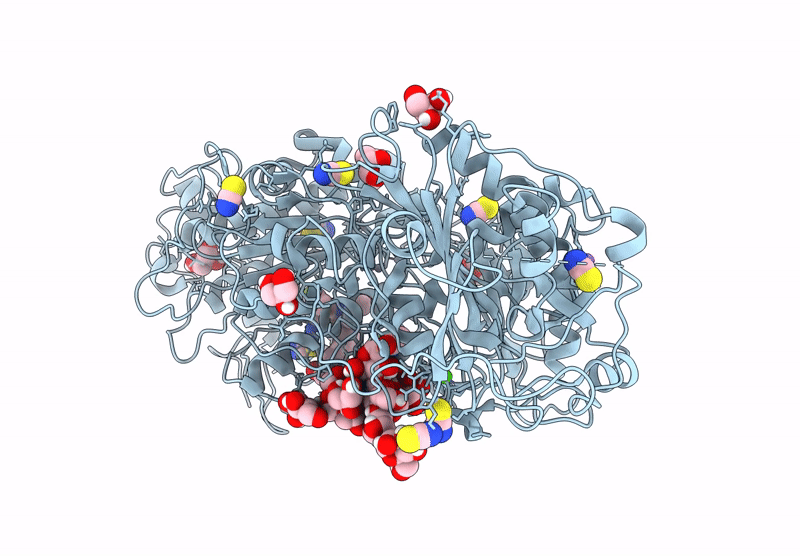
Deposition Date
2022-03-02
Release Date
2023-01-25
Last Version Date
2024-11-06
Entry Detail
PDB ID:
7Z3L
Keywords:
Title:
Autotaxin in complex with hybrid compound ziritaxestat (GLPG1690)
Biological Source:
Source Organism:
Rattus norvegicus (Taxon ID: 10116)
Host Organism:
Method Details:
Experimental Method:
Resolution:
2.40 Å
R-Value Free:
0.25
R-Value Work:
0.24
Space Group:
P 1 21 1


